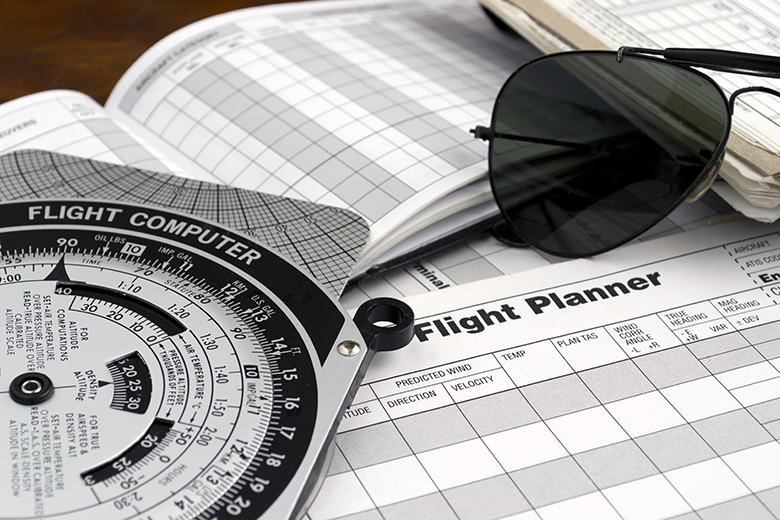
1. You may cancel an IFR flight plan:
a. At any time as long as you advise ATC
b. Only in an emergency
c. If in VMC outside Class A airspace
d. In the air while on approach to a Class E airport
2. ATC has approved your request for VFR-on-top while on an IFR clearance. Therefore, you:
a. Should set your transponder to 1200
b. Must fly at an appropriate IFR altitude
c. Must fly at an appropriate VFR altitude
d. Set your transponder to 1200 and fly at an appropriate VFR altitude
3. True or false: Medical oxygen can be used for aviation purposes.
4. How can an initial approach fix be identified on a Standard Instrument Approach Procedure (SIAP) Chart?
a. All fixes that are labeled “IAF” which are depicted on the plan view
b. Any fix depicted that is located on the final approach course
c. Any fix depicted that is located on the final approach course prior to the final approach fix
5. You are planning an IFR flight off established airways below 18,000 feet MSL. If you use VOR navigation to define the route, the maximum distance between NAVAIDS should be:
a. 40 NM
b. 70 NM
c. 80 NM
d. 100 NM
6. A Military Route identified as VR1207 is a VFR route below what altitude?
a. Below 12,000’ AGL
b. Below 1,500’ AGL
c. Below 10,000’ AGL
d. Below 1,200’ AGL
7. What obstacle clearance and navigation signal coverage is a pilot assured with the Minimum Sector Altitudes depicted on the IAP charts?
a. 500’ within a 100-NM radius of the navigation facility with acceptable navigation signal coverage
b. 2,500’ with a 50-NM radius of the navigation facility
c. 1,000 feet within a 25-NM radius of the navigation facility, but not acceptable navigation signal coverage
Answers:
1.c; 2.c; 3.False; 4. a; 5.c; 6. b; 7. c



